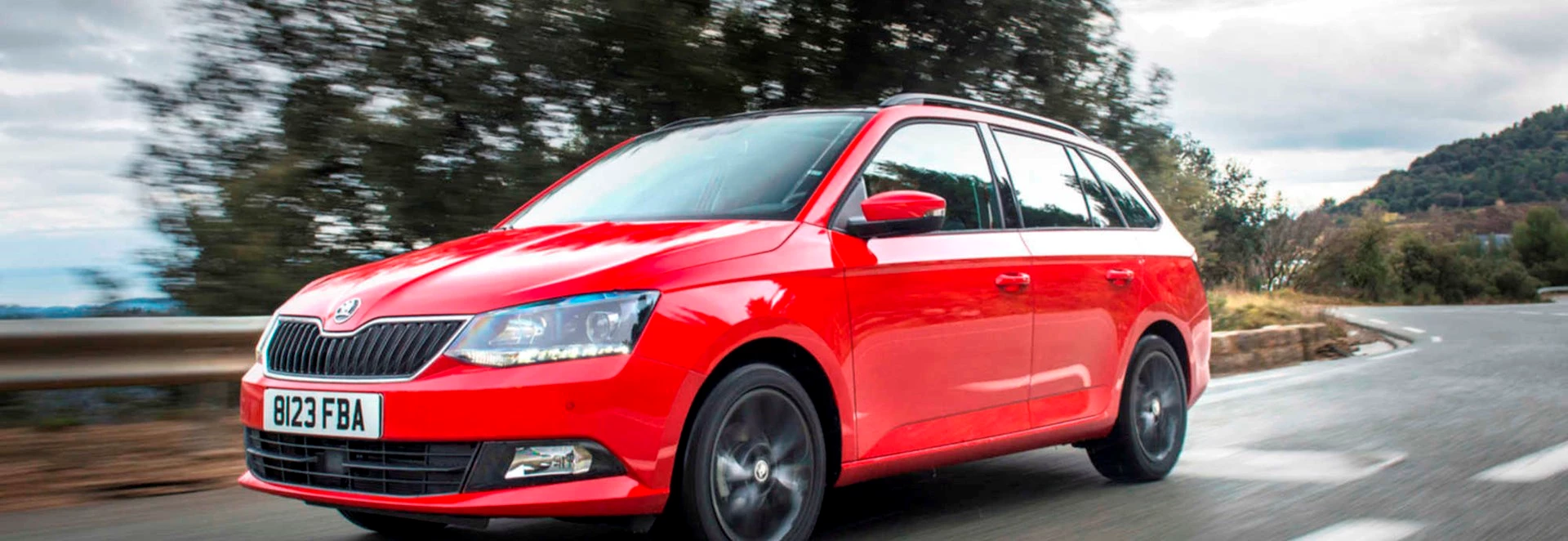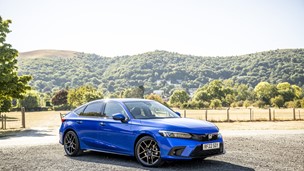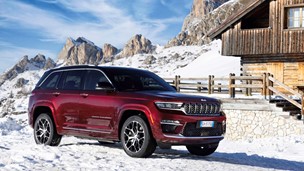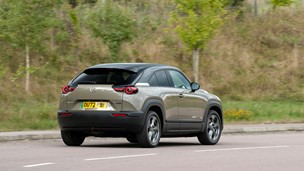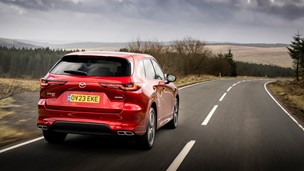It is fair to say that the Skoda Fabia, which is now in its third-generation, has made good use of its 15 years or so on the market. It has carved its own identity within the supermini ranks, which is one of practicality and affordability.
Due to its successful years on the market, Skoda has introduced a slightly larger, more practical version of its supermini, the Fabia estate. Like all other estate models, the Fabia estate features an extended rear-end which brings with it enhanced storage space. In fact, the Fabia estate stands 265mm longer and 226mm wider than the supermini model.
Supermini estates are quite rare, however, meaning that on paper, competition for the Fabia estate is pretty much limited to the likes of the SEAT Ibiza ST. However, as the Fabia estate is aimed at those who want a small car that offers great interior practicality, it also arguably challenges the likes of the Nissan Note and Kia Soul.
Performance
The best engine without a doubt is the turbocharged 1.2-litre petrol, which is available with 89bhp and 108bhp outputs. We suggest going for the lesser 89bhp model, as it delivers ample power for all driving. This engine sits above the entry-level 1.0-litre three-cylinder petrol, which is ideally reserved for city driving.
If you are after a diesel engine then a 1.4-litre three-cylinder unit is the only option, available in either 89bhp or 103bhp. As with many other three-cylinder units, the 1.4-litre delivers a prominent rumble when you rev it. Although overtaking on the motorway is not a problem, it requires a bit of work when hovering in-between 40 and 50mph in queues – especially when it is mated to the five-speed manual gearbox. If you want a smoother drive with the 1.4-litre diesel, go for the DSG automatic box available.
The 1.2-litre turbocharged petrol is a no-brainer, but we couldn’t help but yearn for a 1.6-litre diesel, or at least a fourth cylinder.
Ride and Handling
The supple suspension handles everything from minor road imperfections to large speed bumps.
Those who buy any iteration of the Fabia are unlikely to be after enthralling driving dynamics, which is a relief as it doesn’t really deliver in this department. That is not to say it is completely lacklustre, as its steering actually feels very accurate and does what it’s told, but it’s still a fair bit behind class-leaders like the Ford Fiesta. However, what potential Fabia customers will be looking for is comfort and it certainly has this in spades. The supple suspension handles everything from minor road imperfections to large speed bumps and its light steering will keep you happy when pulling-off tricky manoeuvres in the city or on the drive way. These comfort credentials are joined by great all-round visibility and a well-insulated cabin.
Interior and Equipment
Although the estate model is longer and wider than the supermini model, they still share the same 2,470mm wheelbase.
Build quality and design in the cabin is very similar to that of the Volkswagen Polo, which means it is solid and ergonomically sound - although we think the Polo still has the edge. Skoda’s ‘simply clever’ credo is on display everywhere in the Fabia estate, which is great as it makes your life that bit easier. Examples of this are with the small rubbish bin in the side of the driver’s door (which is a lot handier then you may think) and under seat storage for the front seats. There’s also a phone holder that doubles up as a cup holder, storage nets and wardrobe-like shelves for the boot, and of course the now-trademark ice scraper near the fuel filler cap. All of these features convey a true sense of easy, convenient, family living. Compared to the standard Fabia, boot space has been increased by 200 litres as it now stands at 530 litres. That is also more than the Nissan Note’s boot. Fold the rear seats down and there is 1,395 litres on offer, providing you don’t have the spare wheel fitted. With the seats down, the estate’s maximum load capacity is 245 litres bigger than the standard Fabia. The Nissan Note, however, is much better in this respect, offering over 600 litres more storage capacity. Although boot space has improved, space for rear passengers has not been jeopardized as both head and leg room remains ample. Kit levels are also impressive, as every model comes with the likes of DAB digital radio, Bluetooth and fuel-saving start/stop technology. The main attraction from the technology side is the new MirrorLink system, which replaces the once-offered sat-nav. This essentially mirrors your smartphone’s screen on the cars touchscreen infotainment system, utilising phone apps like sat-nav. You need to spend a fair bit of time playing around with it to properly get used to it and if it were up to us, we would rather just have a sat nav.
Cost
The most efficient engine on offer is the 1.4-litre diesel with the 89bhp, emitting just 89g/km.
Although priced around £2,500 more than the Nissan Note, the Fabia estate is still very competitively priced at about £12,500 – which is still cheaper than the SEAT Ibiza ST. The most efficient engine on offer is the 1.4-litre diesel with the 89bhp, emitting just 89g/km, meaning its road tax free, and returning a claimed average of 83.1mpg – although we got around low 70s.
Our Verdict
The Fabia estate is a prime example of how a small car can really open up on the inside. It may not be the go-to model for style or driving fun, but it delivers in all the departments you need it to. Furthermore, it offers the appeal of being an estate. If you want something that has some amount of prestige on the road, an estate is much better than an MPV-styled crossover. The Skoda Fabia is also the best it has ever been when it comes to family-friendly practicality. You will find yourself thinking “how did I ever live without hooks in the boot?” or “why have I never had a bin in the side of the door?”
